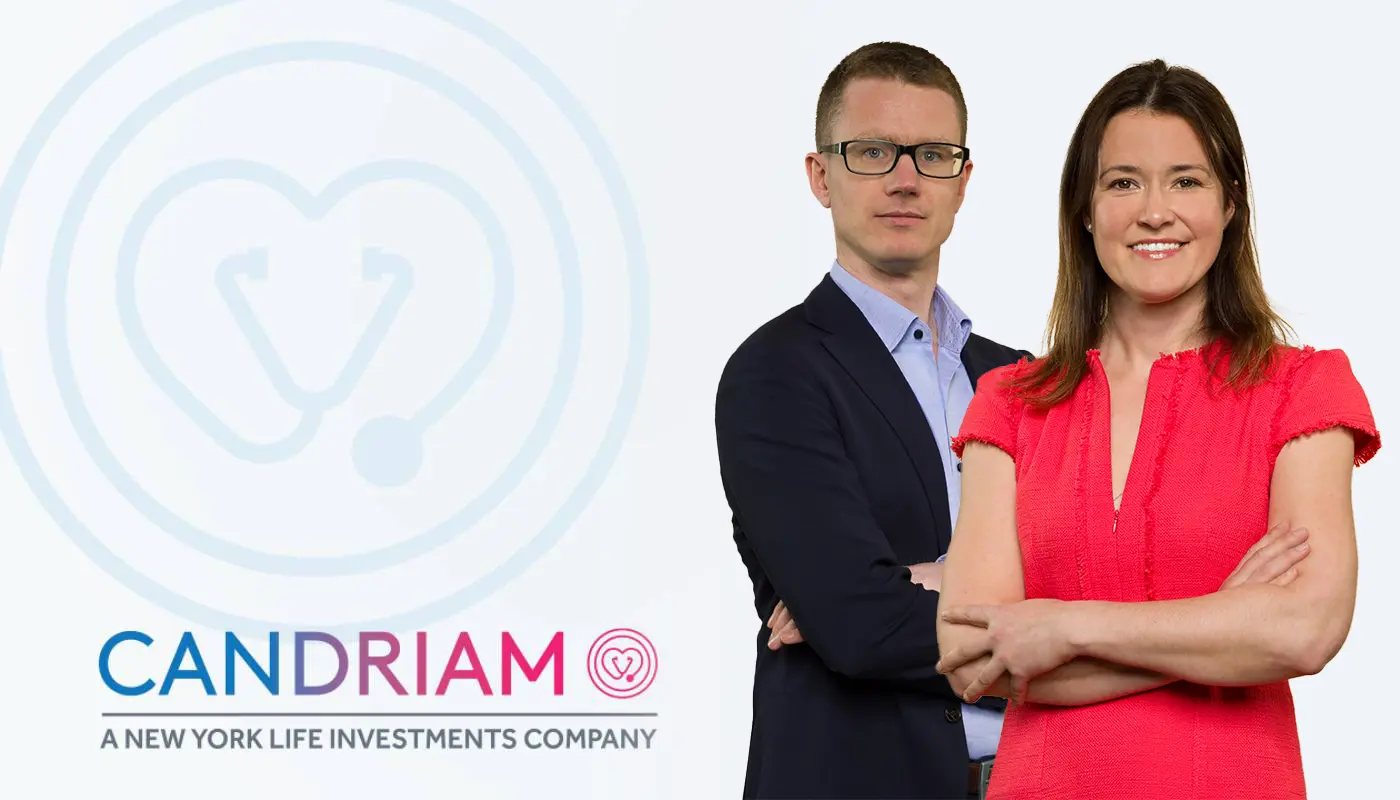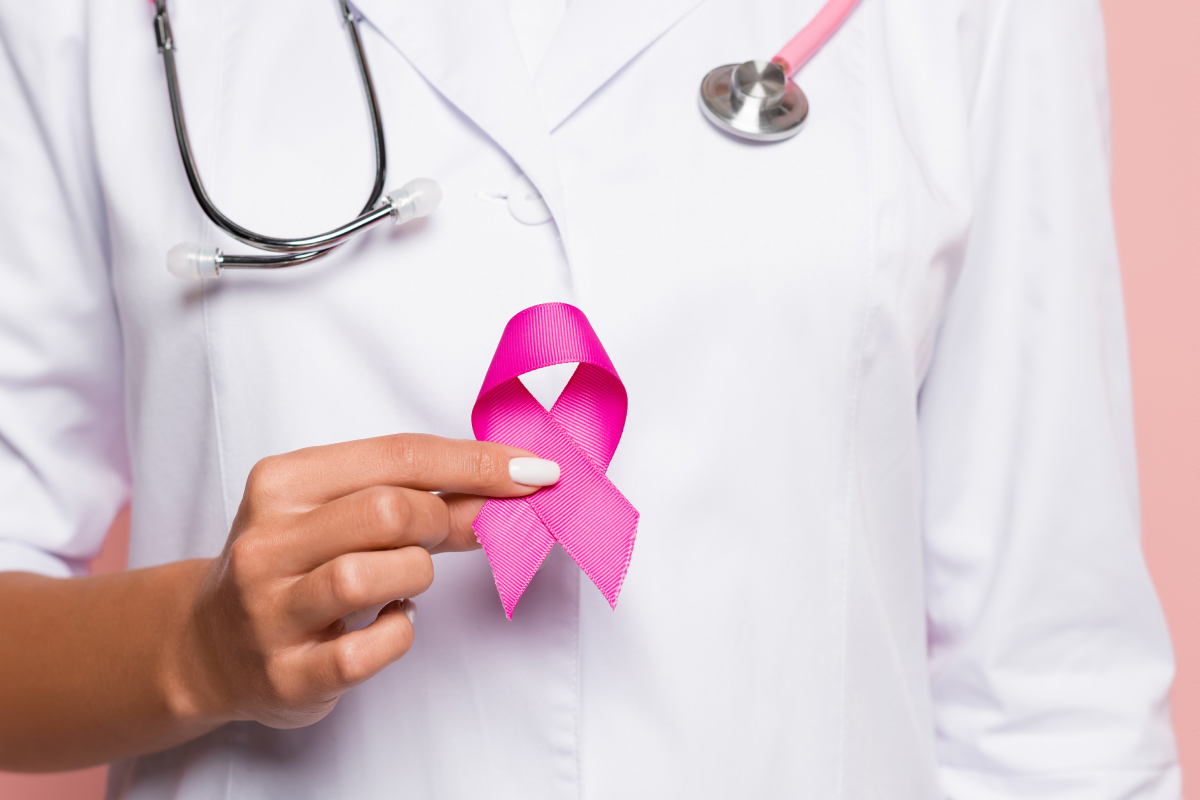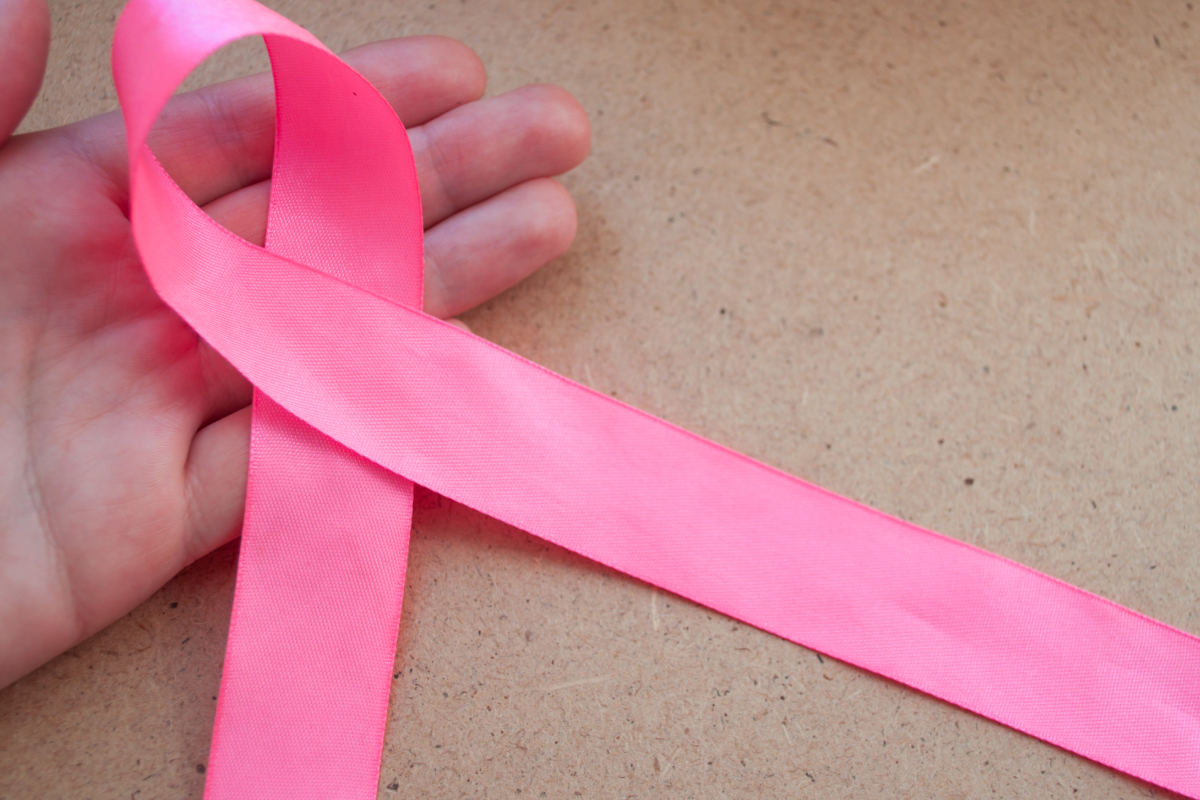
Une stratégie d’investissement pour soutenir les entreprises engagées contre le cancer
Le cancer touche des millions de vies chaque année. Face à cet enjeu mondial, l’investissement peut être un levier puissant pour accélérer les avancées médicales.
Avec Candriam, vous avez l’opportunité d’investir dans une stratégie qui finance des entreprises engagées dans la lutte contre le cancer, tout en alignant votre portefeuille avec des critères environnementaux, sociaux et de gouvernance (ESG).
Découvrir notre solution d’investissement
Le cancer : un défi mondial, un engagement nécessaire
Investir dans la lutte contre le cancer, c’est
- Soutenir les entreprises qui développent des thérapies innovantes et améliorent la prise en charge des patients
- Contribuer à une dynamique sociétale positive en finançant des solutions durables
- Diversifier son portefeuille avec une approche responsable et alignée sur les critères ESG

Quelques chiffres clés
20 millions
de nouveaux cas par an
10 millions
de décès annuels
400 000
enfants développent un cancer chaque année

Source : Organisation Mondiale de la Santé (OMS), 2020-2021
Investir pour faire la différence : le rôle de Candriam

Chez Candriam, nous sommes convaincus que l’investissement peut être un moteur de progrès. En soutenant financièrement des entreprises engagées dans la lutte contre le cancer, nous participons à la transformation du paysage médical tout en générant de la valeur pour nos investisseurs.
Notre stratégie repose sur trois piliers :
- Sélection rigoureuse : nous identifions et finançons des entreprises qui améliorent concrètement la vie des patients.
- Engagement ESG : nos investissements intègrent des critères environnementaux, sociaux et de gouvernance stricts.
- Effet concret : une partie des revenus générés est directement reversée à des associations et instituts de recherche en oncologie.

Comment sont sélectionnées les entreprises financées ?
Nos experts évaluent chaque entreprise selon plusieurs critères :
- Adhésion aux standards ESG : conformité avec nos exigences en matière de durabilité.
- Avancées thérapeutiques : développement de traitements innovants et accessibles.
- Force de transformation : contribution réelle à l’amélioration des soins et du diagnostic.
Chaque investissement est pensé pour allier performance financière et bénéfice sociétal, sans sur-promettre les rendements.
Un double bénéfice : pour la société et pour les investisseurs
En investissant dans notre stratégie dédiée à la lutte contre le cancer, vous financez des solutions concrètes qui améliorent la prise en charge des patients, tout en intégrant un cadre d’investissement responsable et performant.
- Engagement sociétal affirmé : financement d’entreprises qui développent des traitements, des outils de diagnostic et des solutions pour améliorer la qualité de vie des patients
- Cadre d’investissement responsable : alignement avec les critères ESG pour une finance durable
- Portefeuille diversifié : opportunités d’investissement dans des secteurs clés de la santé et des biotechnologies
Des engagements concrets
- [X] millions d’euros investis dans des entreprises dédiées à l’oncologie
- [X] entreprises sélectionnées pour leur contribution à la lutte contre le cancer
- 3,3 millions d’euros reversés à la recherche et aux associations depuis 2018
10 % des frais de gestion nets perçus par Candriam sur cette stratégie sont alloués à des organisations œuvrant dans la recherche scientifique, le soutien aux patients et la sensibilisation du public.
Témoignage d’un expert / association
 ;
;
”Grâce à des investisseurs responsables comme Candriam, nous pouvons continuer à développer des solutions médicales innovantes.
Votre investissement, un levier d’action immédiat
Chaque action compte. En rejoignant notre stratégie d’investissement dédiée à la lutte contre le cancer, vous participez à une dynamique de financement responsable, alignée sur une volonté d’agir concrètement et durablement.
- Prenez part à un engagement global : financez des entreprises qui transforment la prise en charge du cancer.
- Associez rendement et responsabilité : un fonds pensé pour conjuguer performance financière et utilité collective.
- Contribuez à un avenir plus sain : votre investissement joue un rôle clé dans le développement de solutions médicales innovantes.
Besoin d’en savoir plus ? Nos experts sont à votre disposition pour vous accompagner.
Soutenez la lutte contre le cancer avec votre investissement
Foire aux questions
Comment cette stratégie contribue-t-elle concrètement à la lutte contre le cancer ?
Cette stratégie finance des entreprises qui développent des traitements innovants, des outils de diagnostic avancés ou encore des solutions pour améliorer la qualité de vie des patients. En parallèle, 10 % des frais de gestion nets perçus par Candriam sont reversés à des associations et instituts engagés dans la recherche en oncologie, le soutien aux patients ou la sensibilisation.
Comment les entreprises sont-elles sélectionnées dans cette stratégie ?
Les entreprises sont choisies pour la pertinence de leurs travaux en oncologie, leur conformité avec les critères ESG, leur solidité financière et leur contribution visible à l’amélioration des soins. Chaque sélection est fondée sur une évaluation rigoureuse menée par nos équipes.
Ce type d’investissement est-il compatible avec mes objectifs patrimoniaux ?
Oui. Ce fonds thématique s’inscrit dans une logique de long terme. Il permet de diversifier son portefeuille tout en soutenant une cause de santé publique, sans renoncer aux exigences de performance financière.
Quelle est la différence entre cette stratégie et un don à une association ?
Investir dans cette stratégie, c’est soutenir durablement l’innovation en oncologie tout en gardant un objectif de rendement. Contrairement au don, votre capital reste investi dans des entreprises cotées, avec un potentiel de croissance. Et vous participez à un effort collectif structuré pour faire avancer la recherche.
Quels sont les principaux risques associés à cette stratégie ?
Toutes nos stratégies comportent des risques, y compris le risque de perte en capital. Les risques les plus importants liés à cette stratégie sont notamment : risque lié aux actions, au change, aux instruments financiers dérivés, à la liquidité, aux pays émergents, à l’investissement ESG, à la concentration ou encore aux facteurs externes. Une présentation complète est disponible dans la section “Facteurs de risque” du prospectus.
The main risks of the strategy are
Risk of capital loss: There is no guarantee for investors relating to the capital invested in the strategy in question, and investors may not receive back the full amount invested.
Equity risk:
Some strategies may be exposed to equity market risk through direct investment (through transferable securities and/or derivative products). These investments, which generate long or short exposure, may entail a risk of substantial losses. A variation in the equity market in the reverse direction to the positions can lead to the risk of losses and may cause the performance to fall.
ESG Investment Risk:
The non-financial objectives presented in this document are based upon the realization of assumptions made by Candriam. These assumptions are made according to Candriam’s ESG rating models, the implementation of which necessitates access to various quantitative as well as qualitative data, depending on the sector and the exact activities of a given company. The availability, the quality and the reliability of these data can vary, and therefore can affect Candriam’s ESG ratings.
Foreign exchange risk:
Foreign exchange risk derives from the strategy’s direct investments and its investments in forward financial instruments, resulting in exposure to a currency other than its valuation currency. Changes in the exchange rate of this currency in relation to that of the strategy may negatively affect the value of assets in the portfolio.
The risks listed are not exhaustive, and further details on risks are available in regulatory documents.









